ID-DOC: general search
Here you can enter a general keyword and perform a general search.
??? What are these question marks doing here? These represent tools which we know by a Dutch or French name, but who's English name is yet unknown. Suggestions are always welcome!
If you cannot find a certain tool, or if you experience other problems with this page, please let us know at info@mot.be.
Search for: tool
Showing search results 51 - 100
1,492 results found
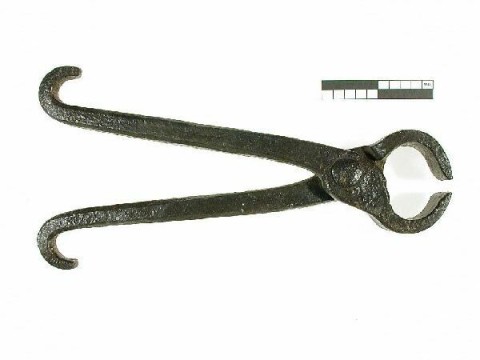
???
This text can only be consulted in Dutch
<https://www.mot.be/resource/Tool/249?lang=nl>
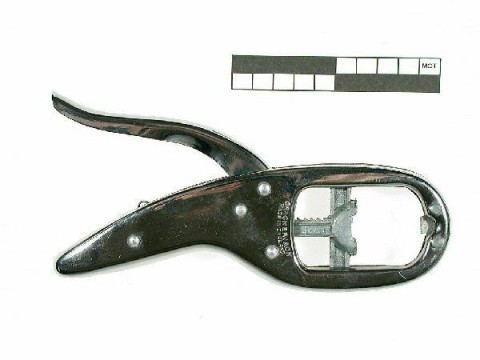
???
This text can only be consulted in Dutch
<https://www.mot.be/resource/Tool/280?lang=nl>
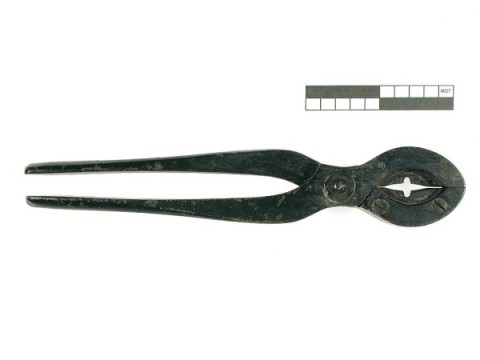
???
This text can only be consulted in Dutch
<https://www.mot.be/resource/Tool/260?lang=nl>
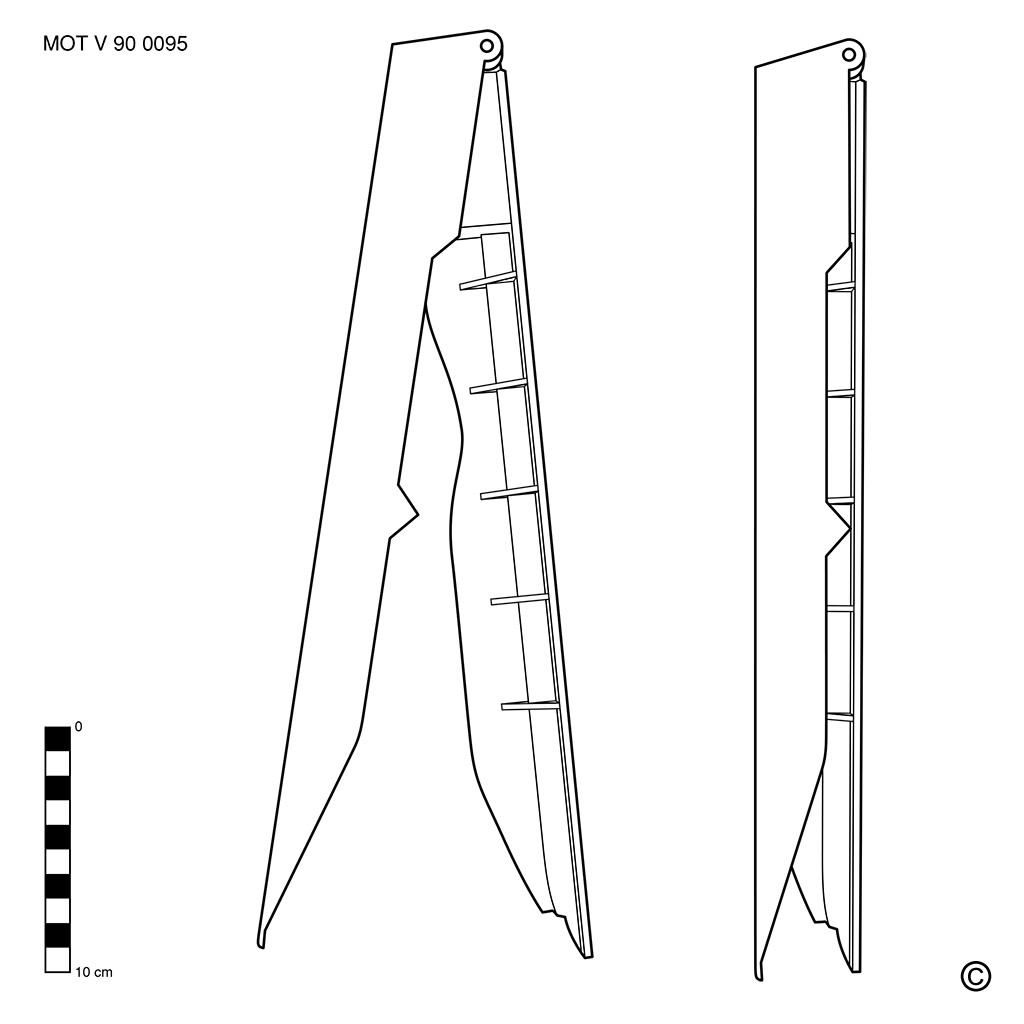
???
This text can only be consulted in Dutch
<https://www.mot.be/resource/Tool/277?lang=nl>
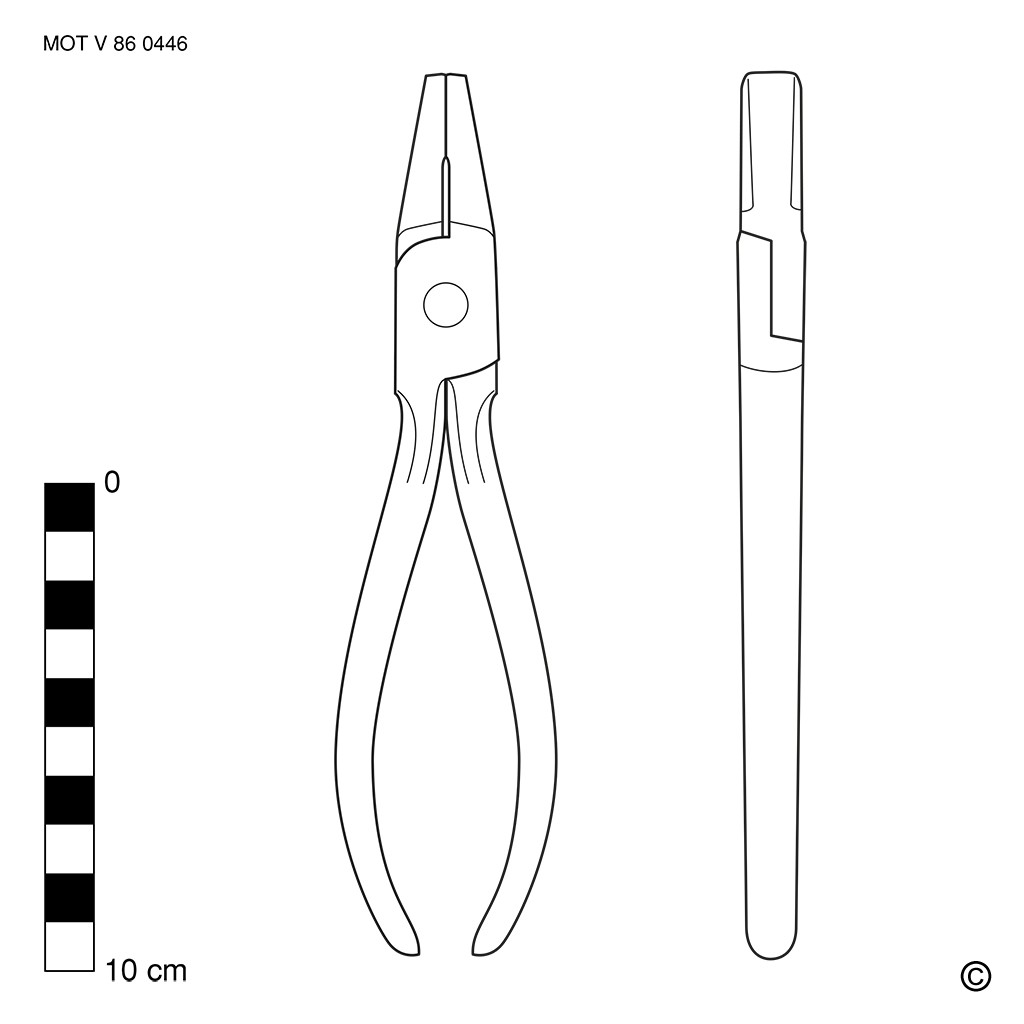
???
This text can only be consulted in Dutch
<https://www.mot.be/resource/Tool/312?lang=nl>
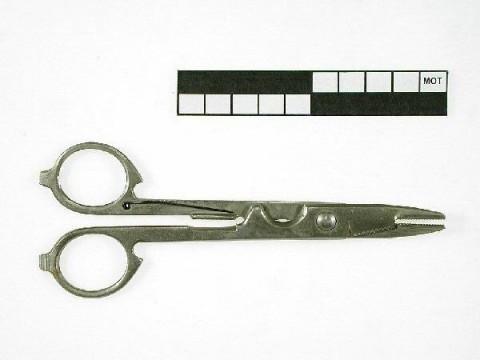
???
This text can only be consulted in Dutch
<https://www.mot.be/resource/Tool/309?lang=nl>
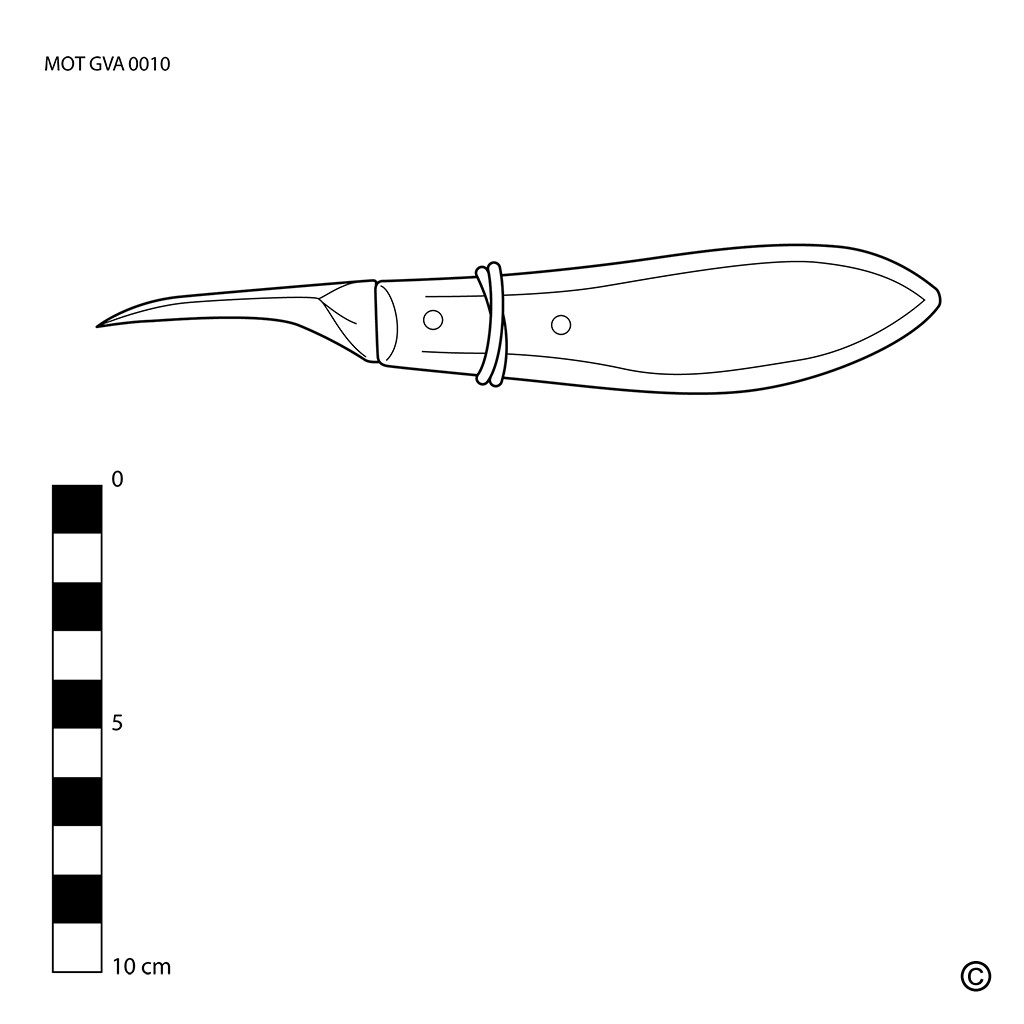
???
This text can only be consulted in Dutch
<https://www.mot.be/resource/Tool/27?lang=nl>
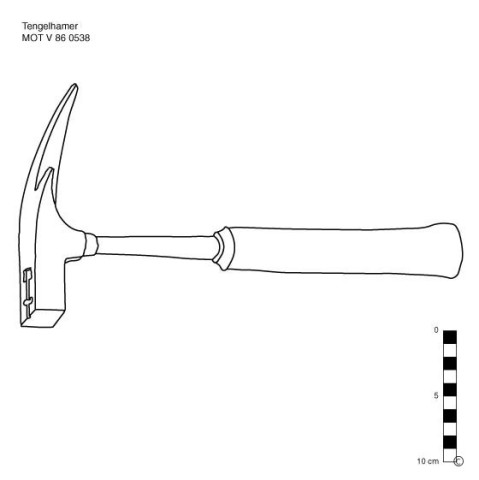
???
This text can only be consulted in Dutch
<https://www.mot.be/resource/Tool/379?lang=nl>
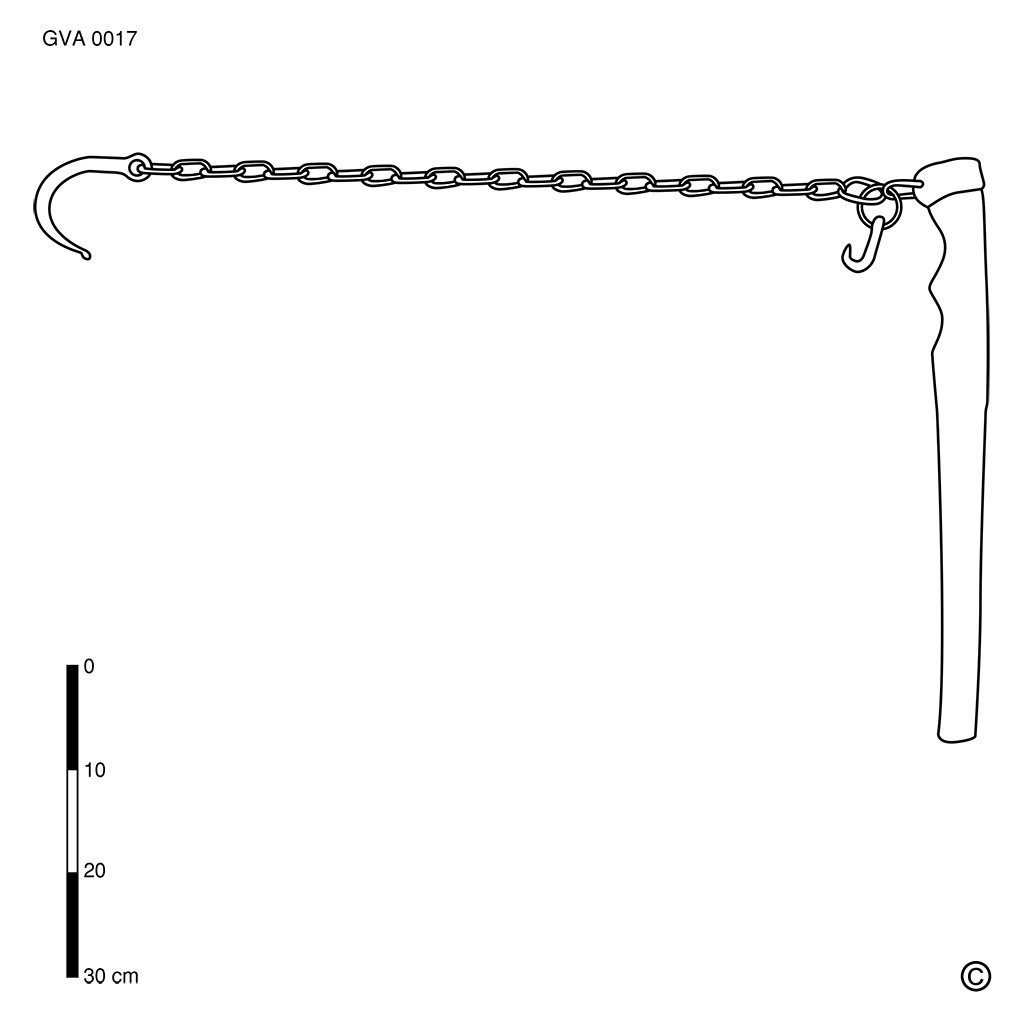
???
This text can only be consulted in Dutch
<https://www.mot.be/resource/Tool/325?lang=nl>
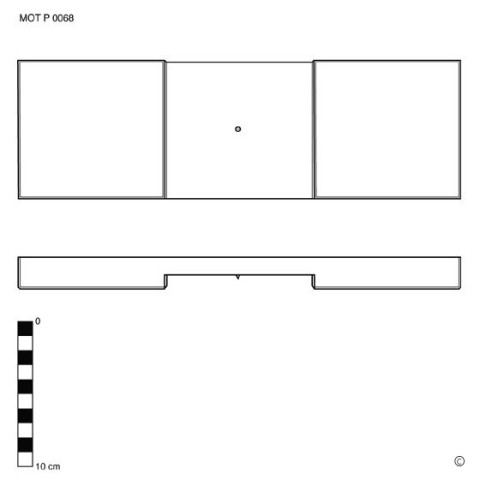
???
This text can only be consulted in Dutch
<https://www.mot.be/resource/Tool/365?lang=nl>
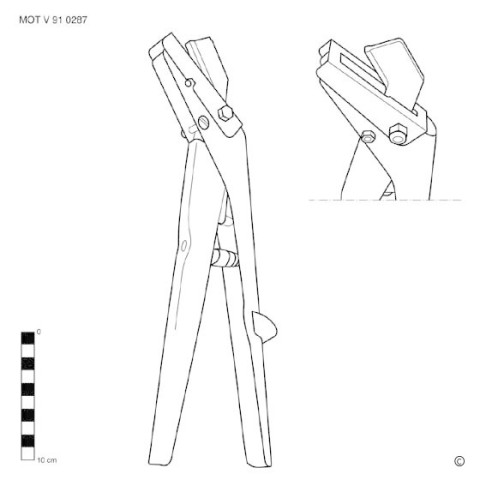
???
Instead of using a roofer's hammer and slater's stake, slates can also be
cut to size with these slate shears. These are scissors with a flat lower
jaw that slopes downwards and in which there is a rectangular recess in
which the upper jaw fits. The slate is placed on the lower jaw and when
closing the scissors, a piece of the slate is cut off. In this way, one can
continue to cut along the same line to remove a complete piece of the
slate. Often there is a protrusion on one of the arms that prevents the
hand from sliding forward when cutting. There are also fixed models with a
sharp protrusion that can be hammered into the roof boarding. [MOT]
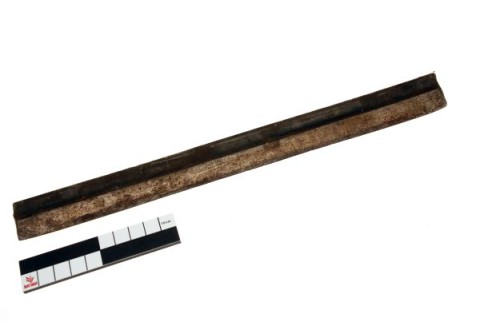
???
This mason's tool is an elongated wedge-shaped iron with a sharp edge that
the mason uses to cut bricks to size by hitting it with brick hammer. Often
the man clamps the stone between his knees (1). The tool is very similar to
the farrier's toe knife. [MOT]
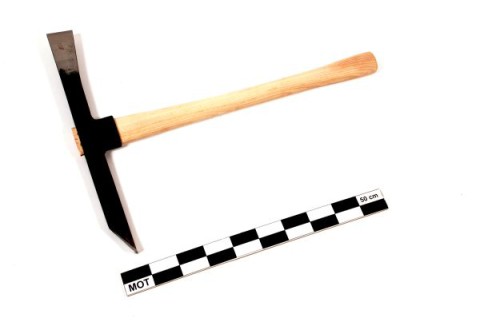
???
This text can only be consulted in Dutch
<https://www.mot.be/resource/Tool/341?lang=nl>
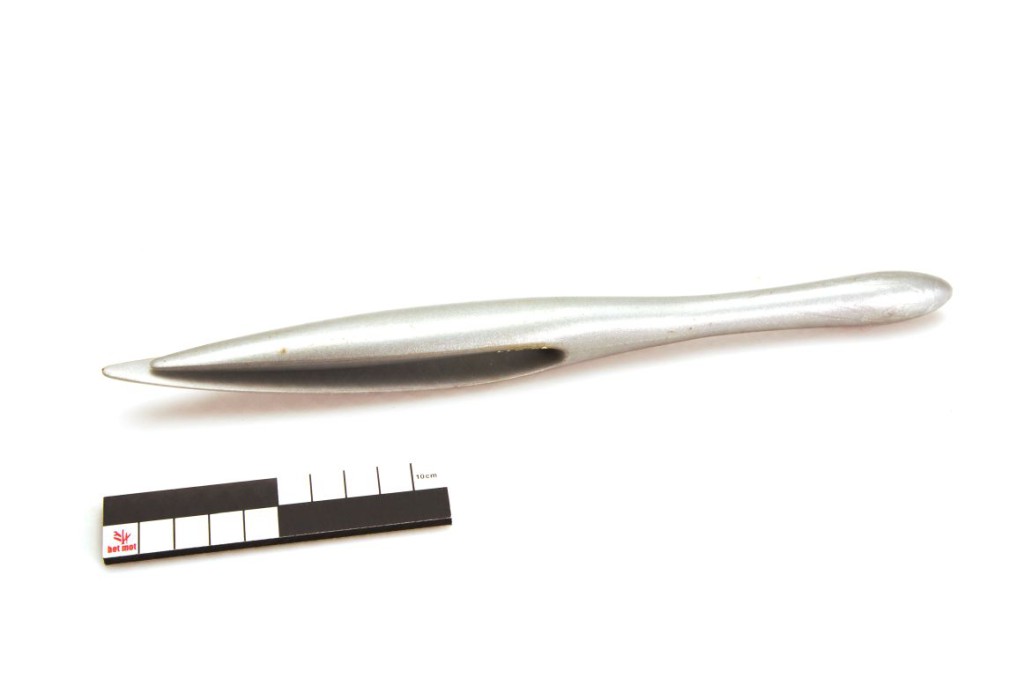
???
With a salmon picker you can easily scoop up and serve fish fillets. It is
an elongated (approx. 25 cm), fork-shaped plastic hand tool with a straight
handle. The two jaws are very close to each other, so that just a thin fish
fillet can fit in between. One jaw is flat with a pointed end; the other is
slightly shorter, round and also with a narrower end. The flat jaw is slid
under the fish, which is now stuck between both jaws and can be served as
such. It can be removed from the salmon picker with a fork. [MOT]
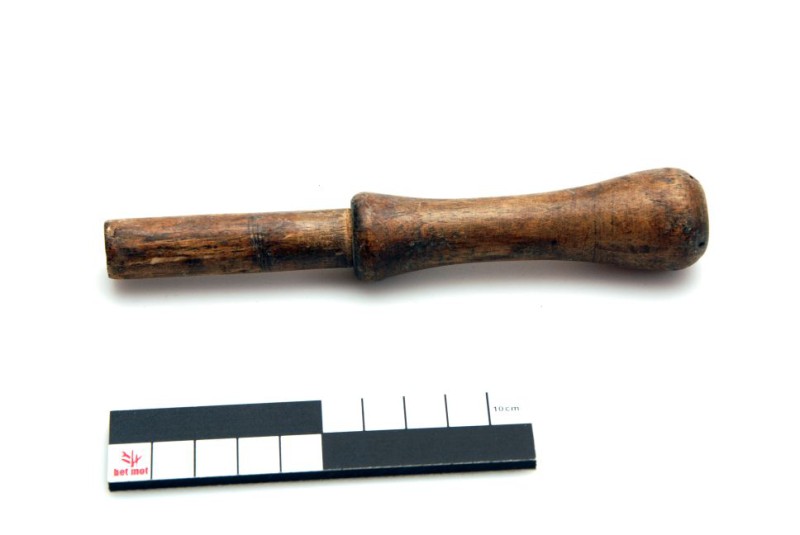
???
This text can only be consulted in Dutch
<https://www.mot.be/resource/Tool/450?lang=nl>
???
This text can only be consulted in Dutch
<https://www.mot.be/resource/Tool/486?lang=nl>
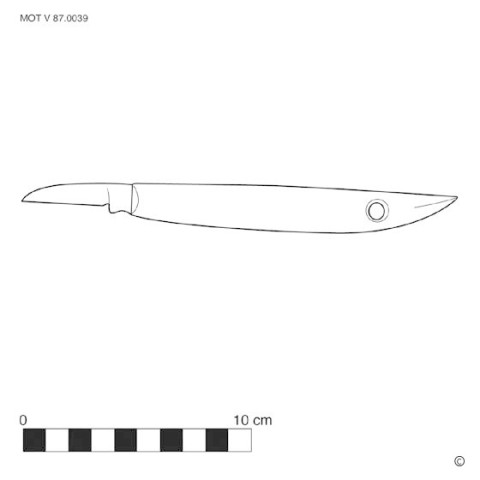
???
This text can only be consulted in Dutch
<https://www.mot.be/resource/Tool/413?lang=nl>
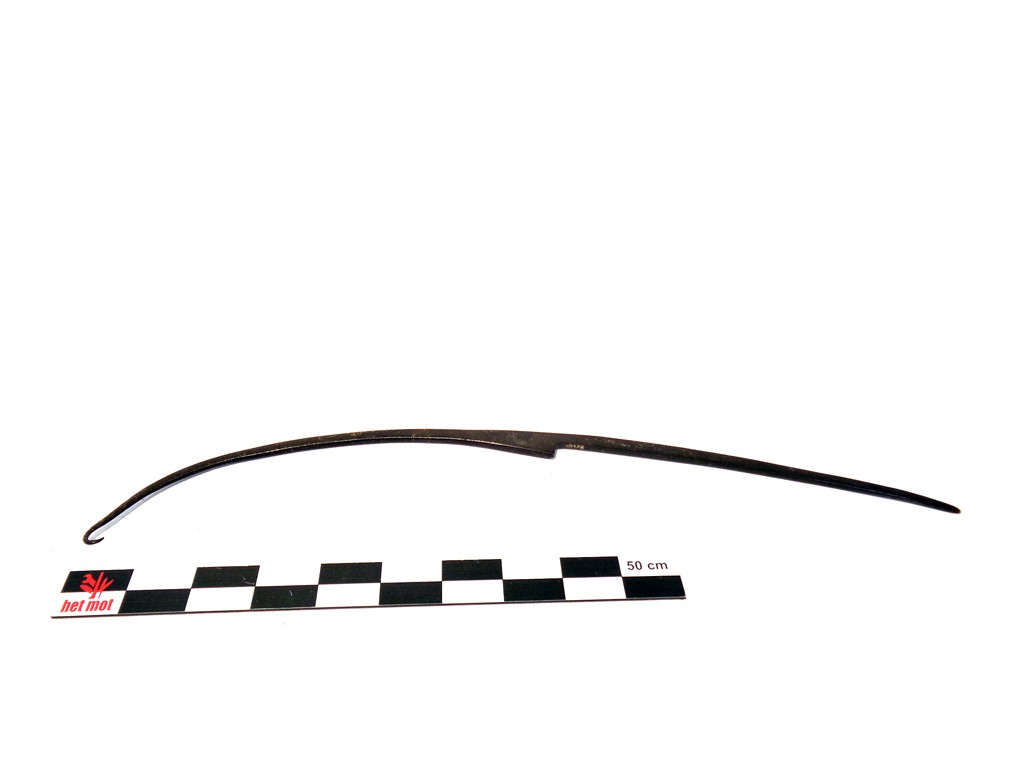
???
This text can only be consulted in Dutch
<https://www.mot.be/resource/Tool/454?lang=nl>
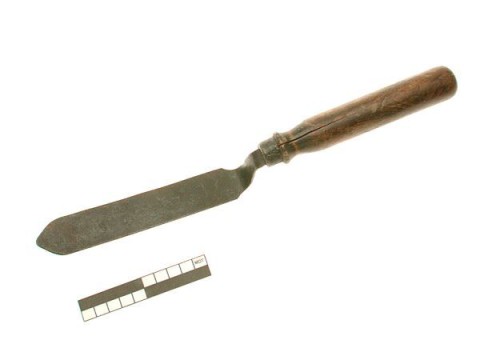
???
Trowel with an elongated (approx. 16-20 cm), flat and narrow (approx. 2.5-4
cm) blade that is rounded or pointed and attached to a handle with a bent
joint. It is used by the bricklayer or tile roofer to apply mortar between
roof tiles. The plasterer uses it in places where it is difficult to reach
with other tools, behind heating pipes, etc. To be distinguished from the
tongue trowel of the bricklayer and not to be confused with the beekeeper's
uncapping knife. [MOT]
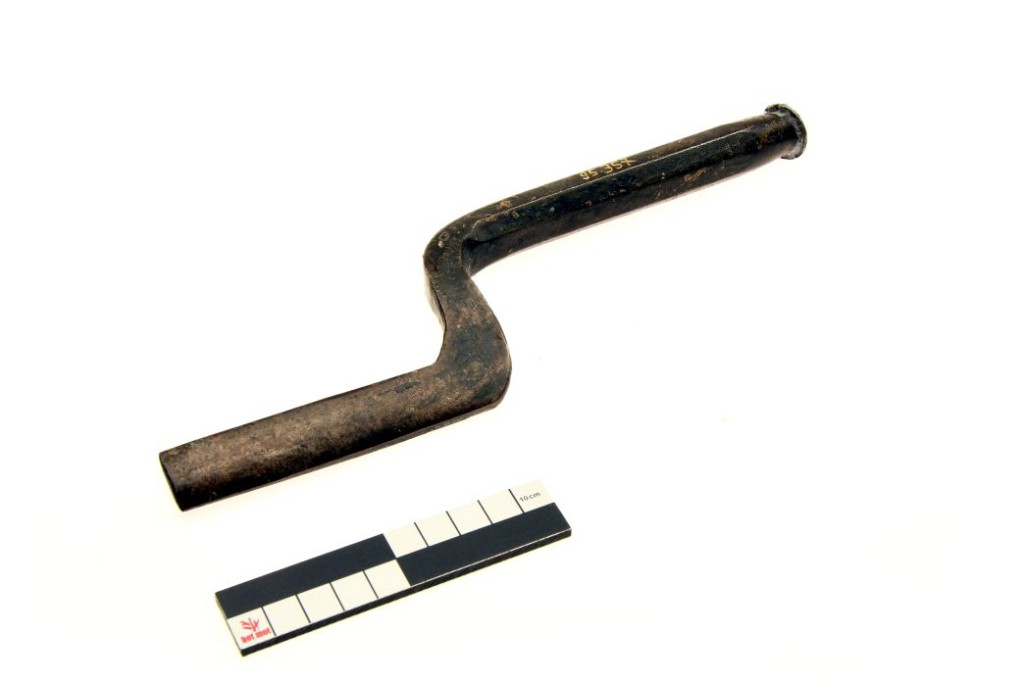
???
The plumber uses this S-shaped blunt chisel, often with a curved cut, to
drive lead and work, i.e., fluffed ropes, into the collar of a cast iron
pipe so that it is watertight. It is struck with a hammer. [MOT]
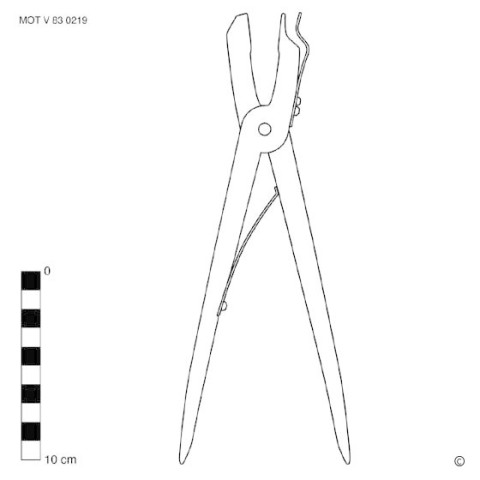
???
This text can only be consulted in Dutch
<https://www.mot.be/resource/Tool/511?lang=nl>
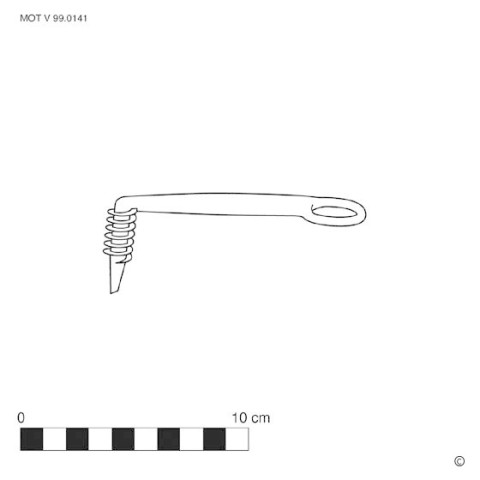
???
This text can only be consulted in Dutch
<https://www.mot.be/resource/Tool/582?lang=nl>
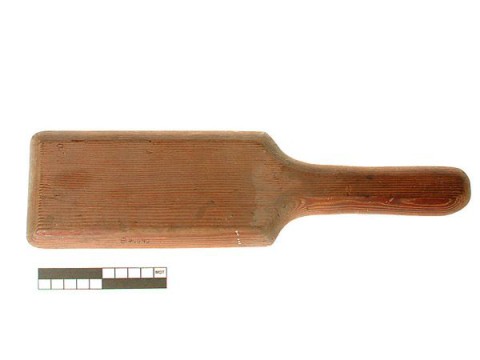
???
This text can only be consulted in Dutch
<https://www.mot.be/resource/Tool/628?lang=nl>
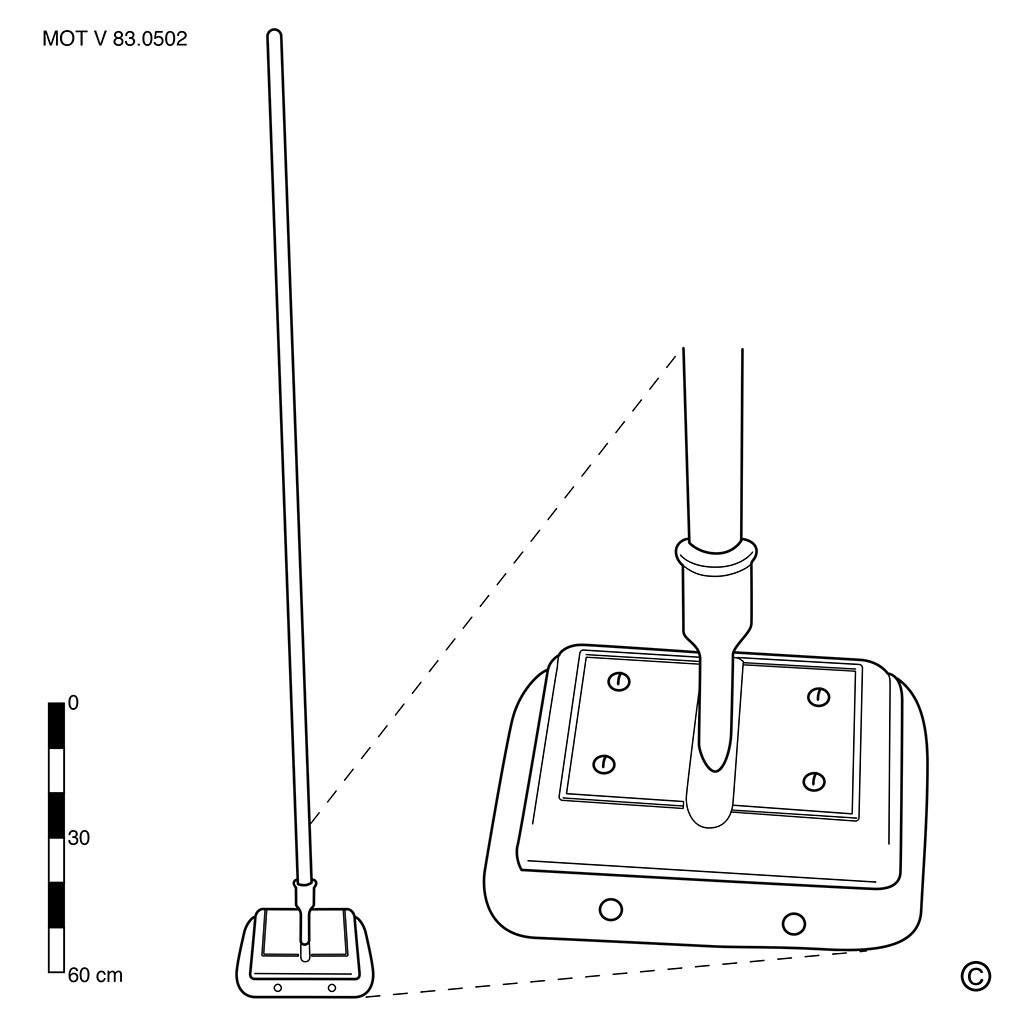
???
A polishing brush is used to polish parquet floors. This is a short-haired
brush that is located under a metal, rectangular plate that is attached to
a long (approx. 1.30 m), wooden or metal handle. When the wax-rubbed
parquet floor is almost dry, it is rubbed on with a polishing brush until
it is nice and shiny. [MOT]
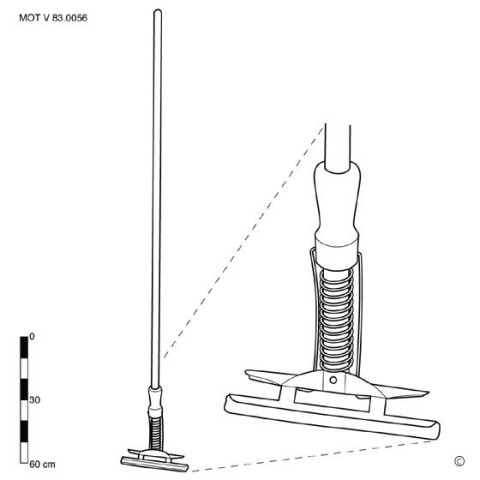
???
This text can only be consulted in Dutch
<https://www.mot.be/resource/Tool/675?lang=nl>
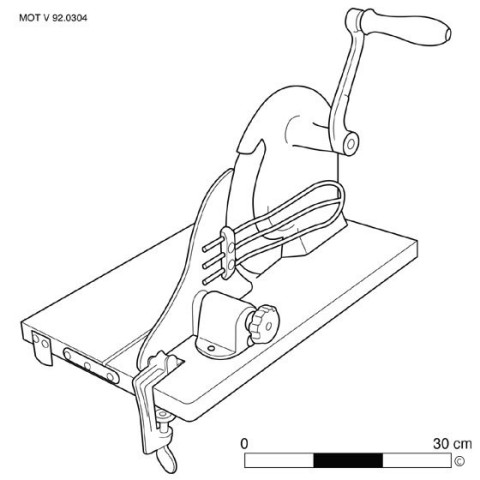
???
This text can only be consulted in Dutch
<https://www.mot.be/resource/Tool/677?lang=nl>
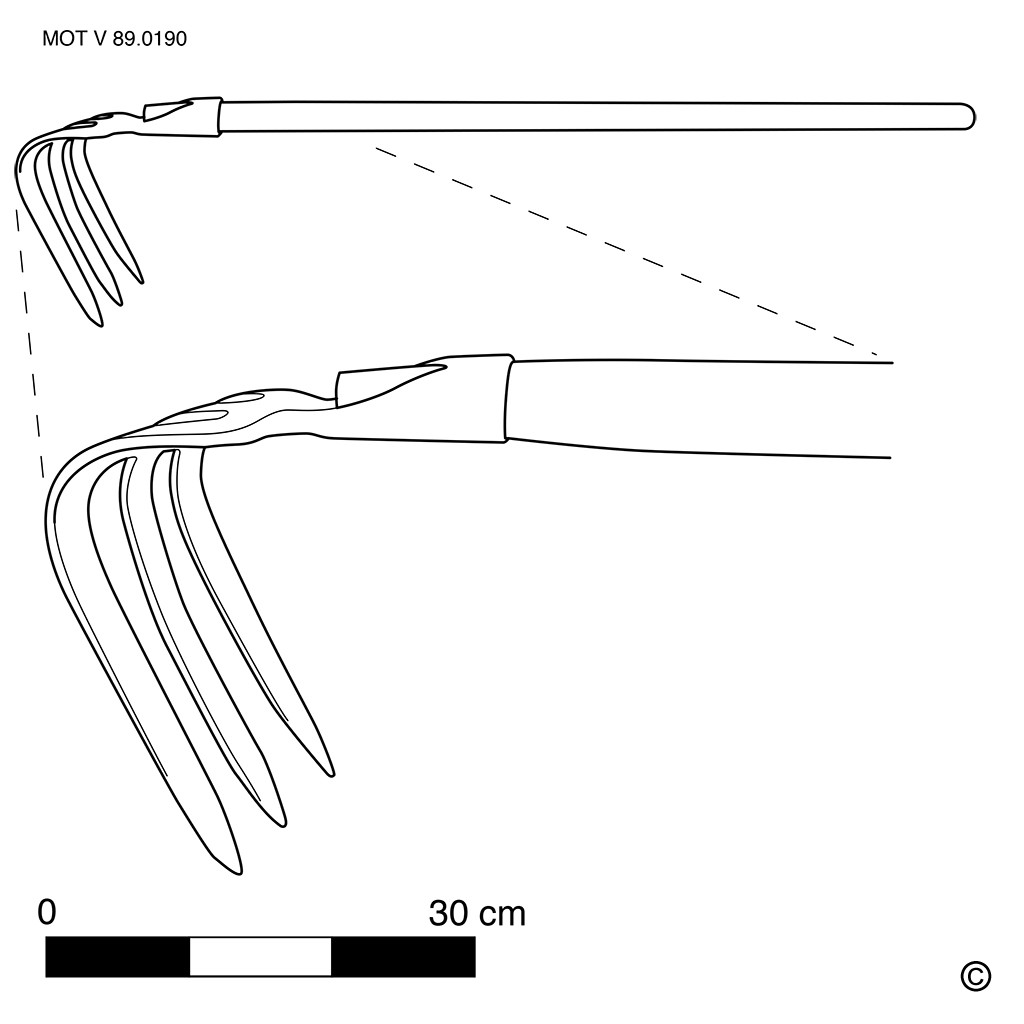
???
Potatoes can be harvested with a garden spade, a hoe, a potato lifting fork
or a potato harvester. The latter has three, sometimes four, wide (approx.
2-3 cm) and flat teeth with pointed ends (approx. 25-30 cm long), which are
slightly attached to a wooden handle (approx. 100-130 cm) ). [MOT]
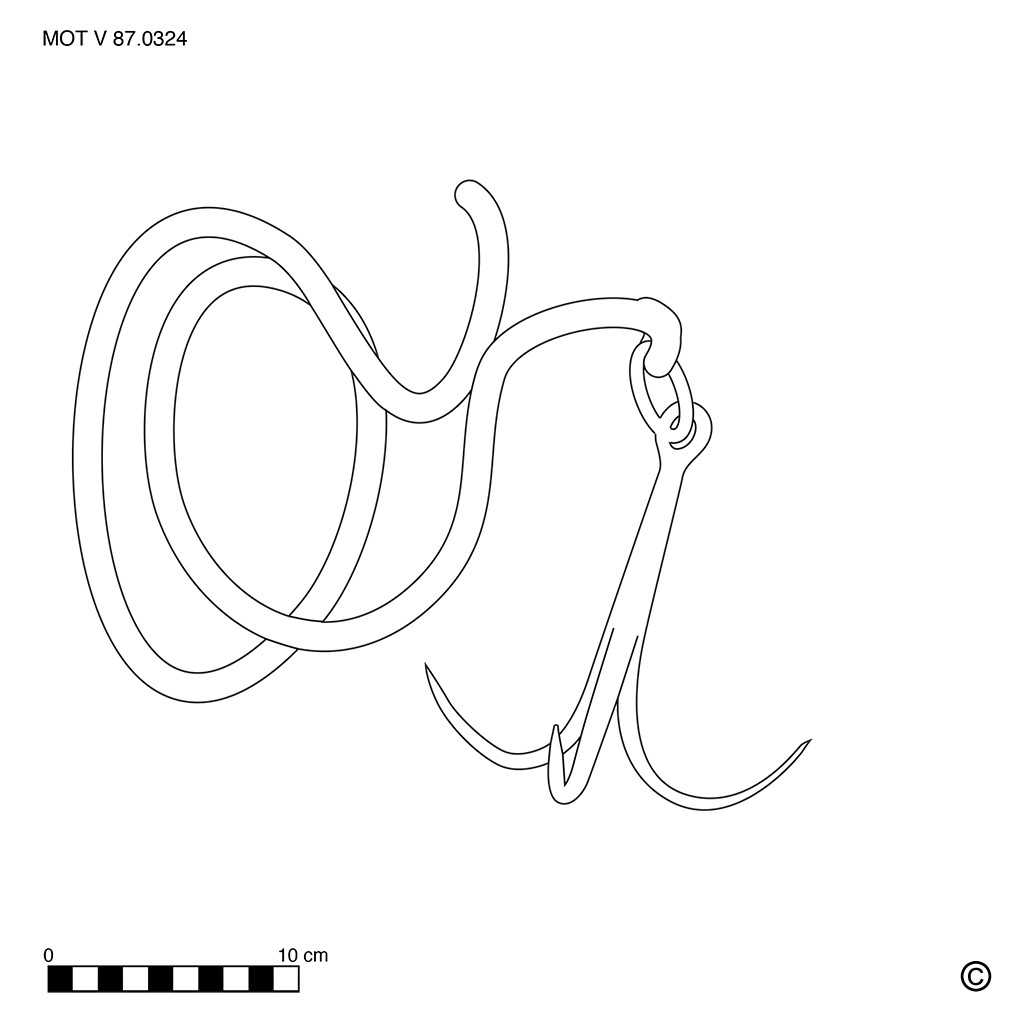
???
This text can only be consulted in Dutch
<https://www.mot.be/resource/Tool/650?lang=nl>
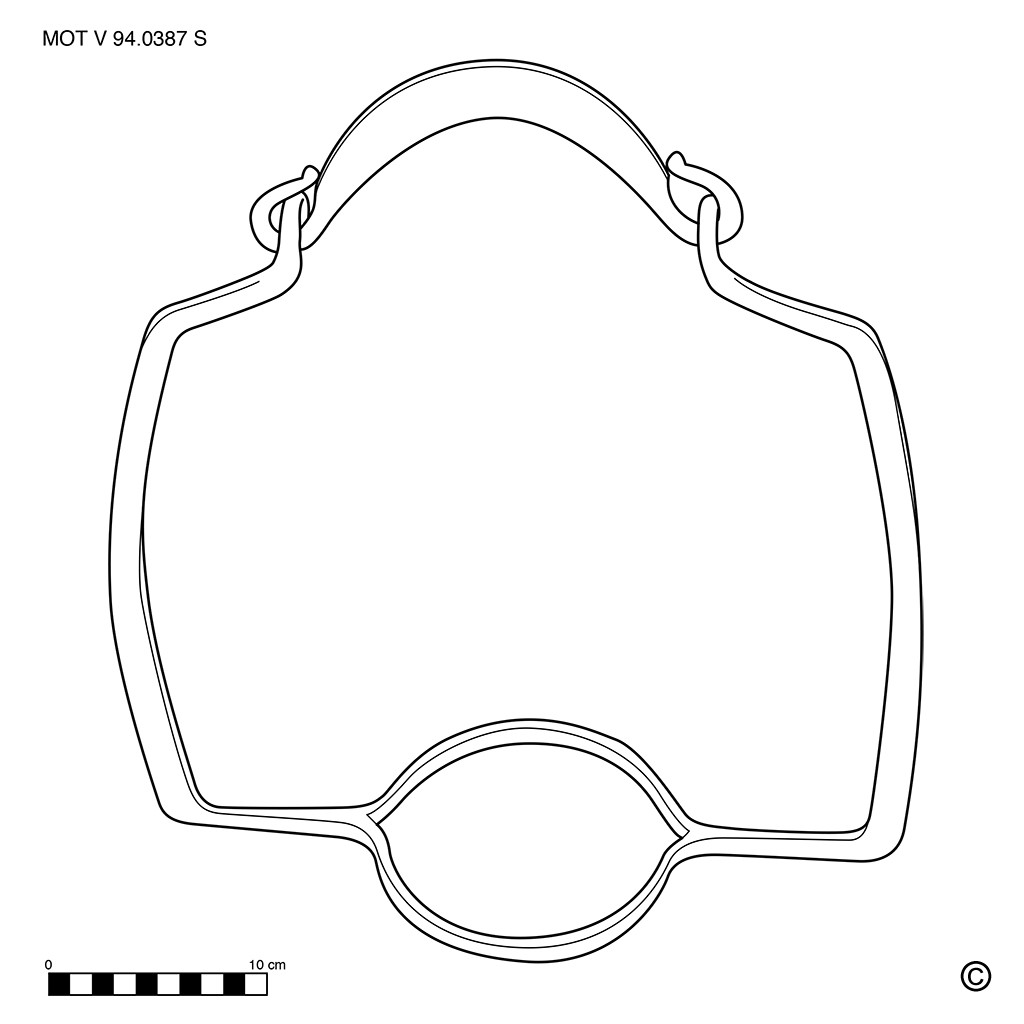
???
This text can only be consulted in Dutch
<https://www.mot.be/resource/Tool/641?lang=nl>
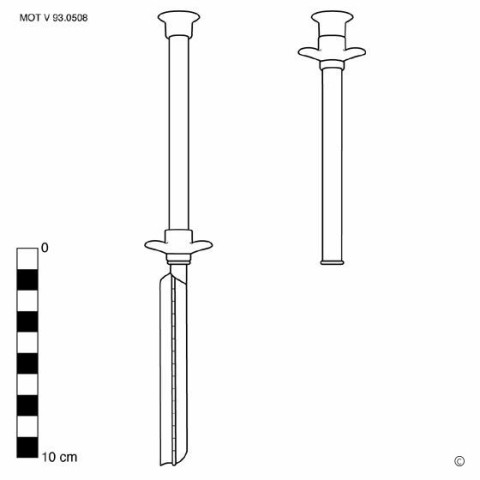
???
The cigarette filler is a manual tool with which one can fill empty filter
cigarettes with tobacco. It is an elongated (approx. 10 cm long) metal
cylinder (approx. 1 cm in diameter) with an extendable tube that can be
opened and filled with tobacco. Once filled it is closed and an empty
cigarette case is slid over it. When the tube is pushed back into the
cylinder - where there is a plate that acts as a tamper at the bottom end -
the tobacco ends up in the cigarette case. More modern models are made of
plastic. This tool is to be distinguished from a pill dispenser. [MOT]
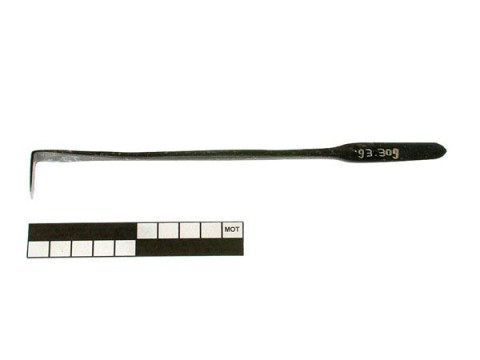
???
This pottery turning hook is a manual tool with a right angle blade
(approx. 2 cm by 0.5-1 cm) that can take different shapes: rectangular with
or without rounded corners, triangular, etc. It can be made entirely of
metal or have a wooden handle . There may also be a spatula-shaped blade at
the other end. The turning tool is used by the potter to update the shape
of a turned pot while turning. If it is held against the pot, a certain
amount of clay is cut off. [MOT]
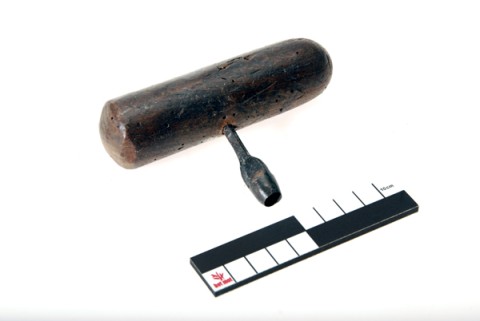
???
This bit consists of a metal pipe (diameter approx. 0.5-1 cm) - sharp on
one end and with a handle or a crank on the other end - to cut circles,
hearts, etc. as decoration on the clogs. It is pushed onto the clog, never
beaten like the leatherworker's punch. [MOT]
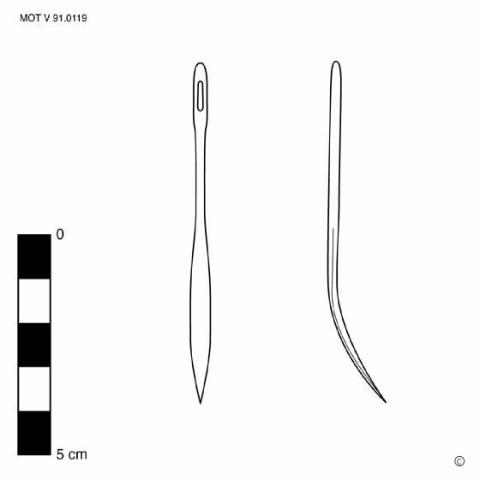
???
This text can only be consulted in Dutch
<https://www.mot.be/resource/Tool/780?lang=nl>
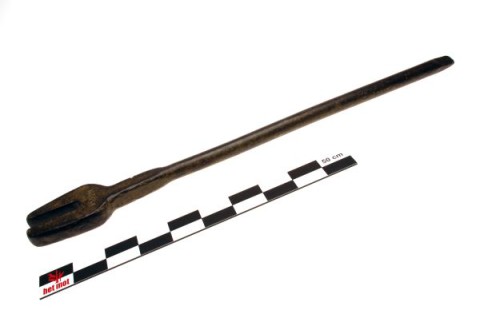
???
This text can only be consulted in Dutch
<https://www.mot.be/resource/Tool/712?lang=nl>
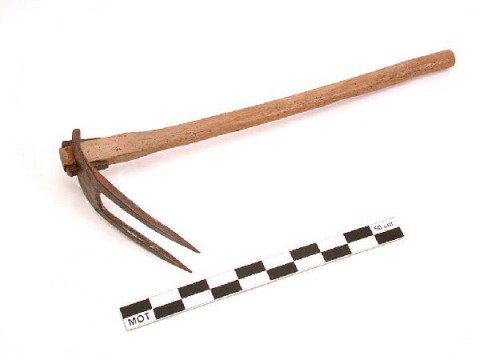
???
When one wants to cut the top layer of the soil, one usually uses a hoe. In
hard or stony soil, this two-pronged tool is used, which consists of two
heavy (approx. 20 cm by 2 cm), sharp teeth that are attached at right
angles or at an angle to a straight handle. See also the flat pick. [MOT]
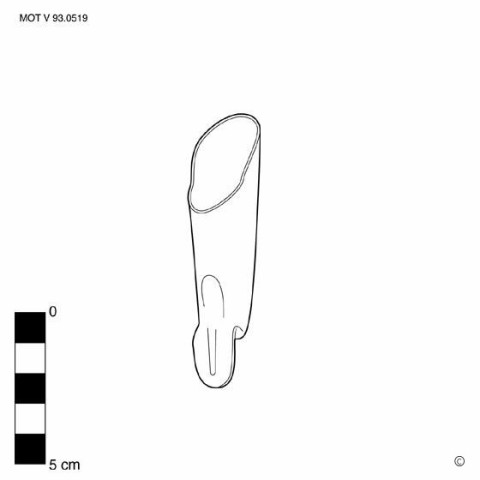
???
This weeding finger cot is a metal sleeve (approx. 10 cm long) with a
rounded plate at the bottom. It can be slid over the index finger to remove
weeds and moss. It is especially suitable for working between tiles and
stones or when there is little space between the plants. See also the
gardener's moss scraper. [MOT]
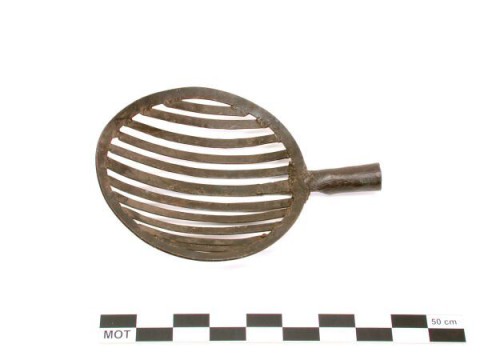
???
This text can only be consulted in Dutch
<https://www.mot.be/resource/Tool/835?lang=nl>
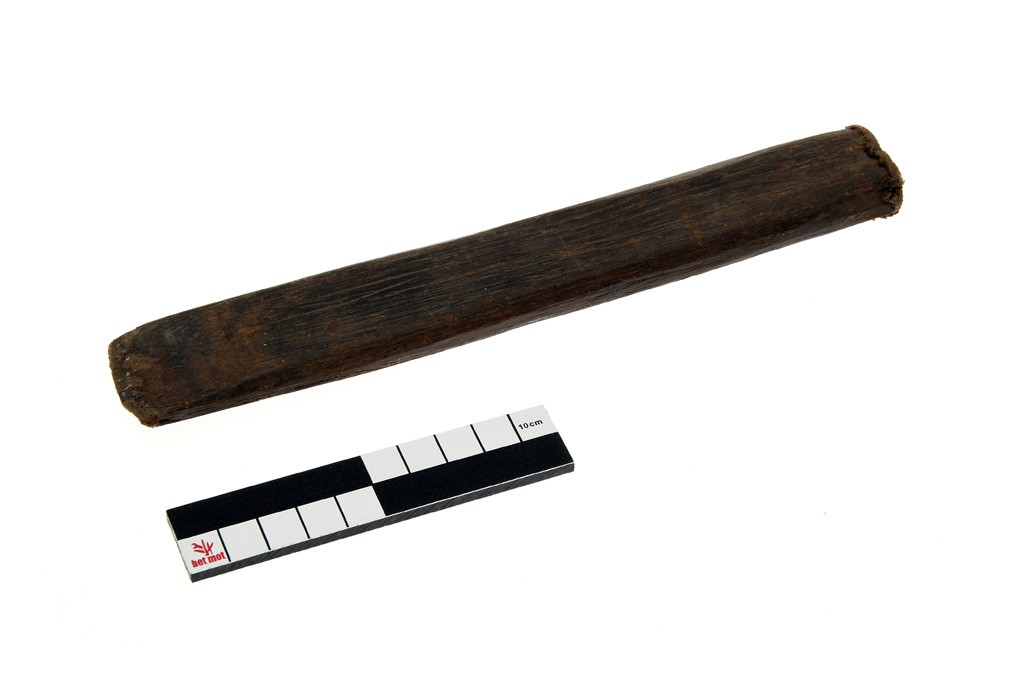
???
This text can only be consulted in Dutch
<https://www.mot.be/resource/Tool/88?lang=nl>
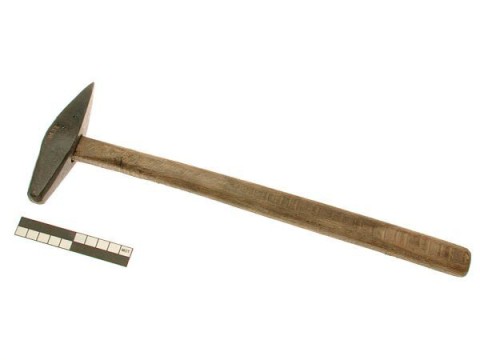
???
This text can only be consulted in Dutch
<https://www.mot.be/resource/Tool/868?lang=nl>
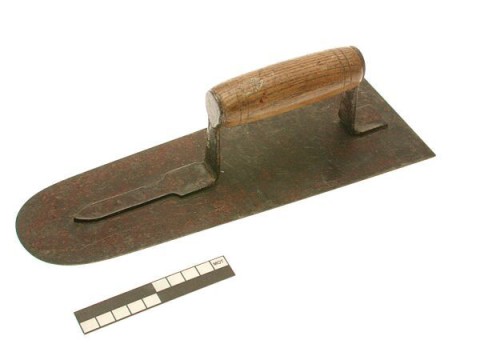
???
This text can only be consulted in Dutch
<https://www.mot.be/resource/Tool/895?lang=nl>
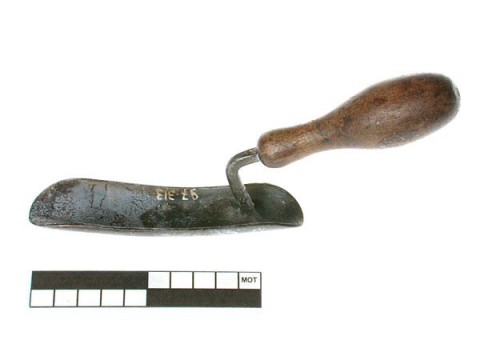
???
This text can only be consulted in Dutch
<https://www.mot.be/resource/Tool/836?lang=nl>
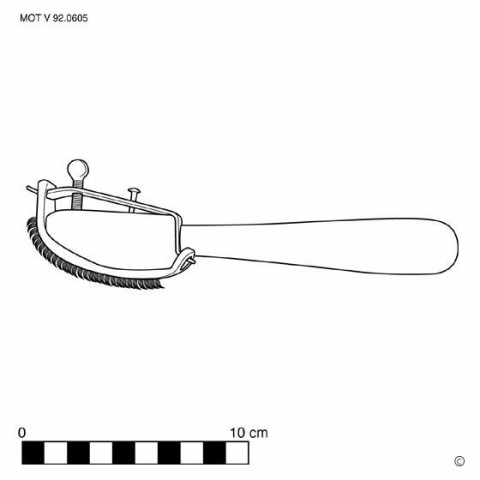
???
This text can only be consulted in Dutch
<https://www.mot.be/resource/Tool/840?lang=nl>
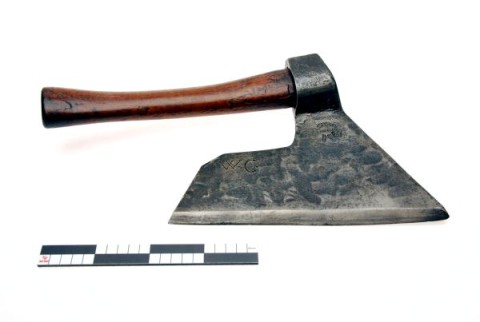
???
This text can only be consulted in Dutch
<https://www.mot.be/resource/Tool/83?lang=nl>
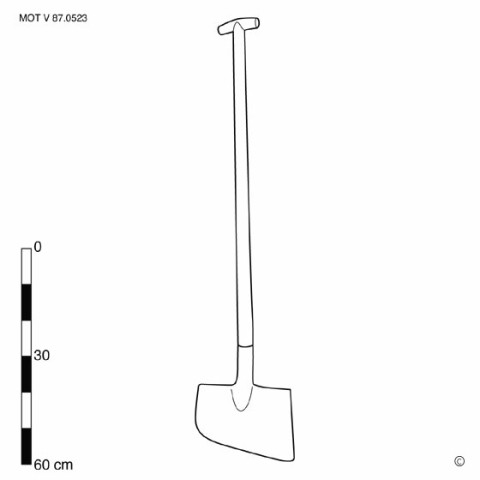
???
This text can only be consulted in Dutch
<https://www.mot.be/resource/Tool/930?lang=nl>
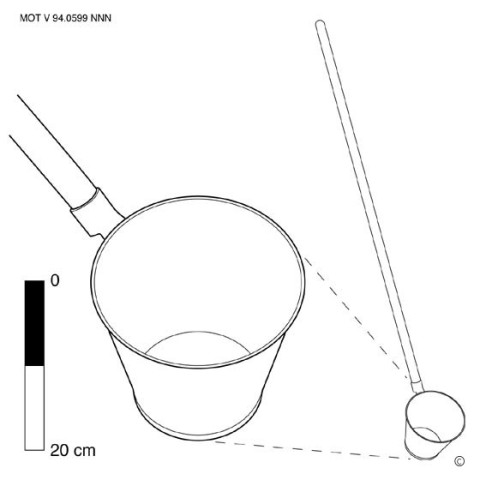
???
Round bucket that widens upwards (diam. Approx. 20-30 cm) made of wood,
(galvanized) iron or plastic, attached to a long (approx. 200 cm) wooden
handle. This tool is used to draw water, also manure from the cesspool. To
be distinguished from the liquid manure scoop used to scoop out of the bear
tub. [MOT]
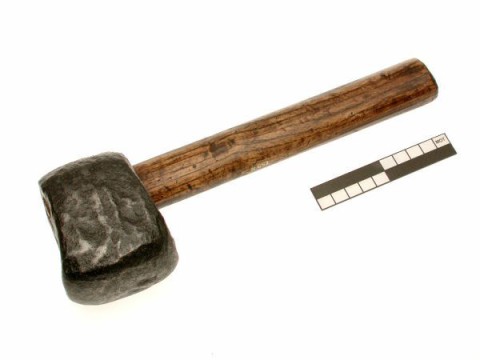
???
Heavy (approx. 1,400-2 kg), trapezoidal forged hammer with flat or slightly
convex face and short (approx. 20-25 cm) handle. The farrier usually forges
horseshoes with a forging hammer. In contrast, in some areas of France, a
specific hammer, the farrier hammer, is used. [MOT]
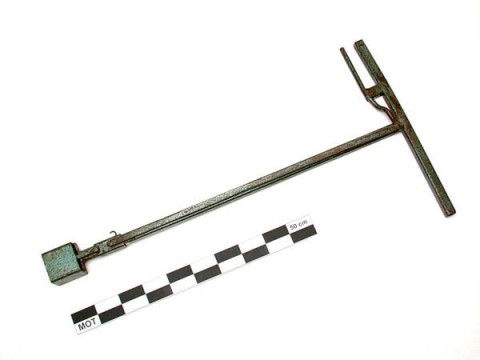
???
This text can only be consulted in Dutch
<https://www.mot.be/resource/Tool/935?lang=nl>
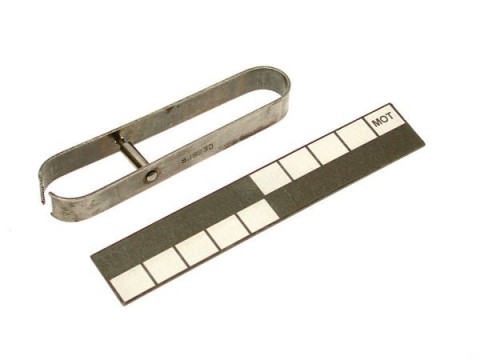
???
This text can only be consulted in Dutch
<https://www.mot.be/resource/Tool/962?lang=nl>
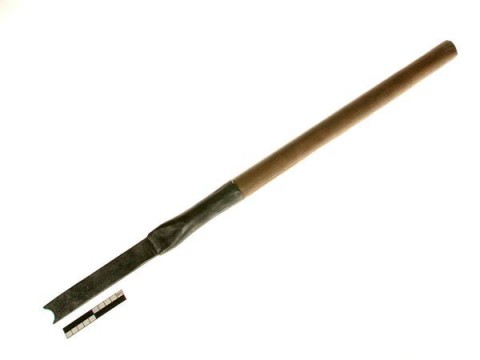
???
This text can only be consulted in Dutch
<https://www.mot.be/resource/Tool/979?lang=nl>
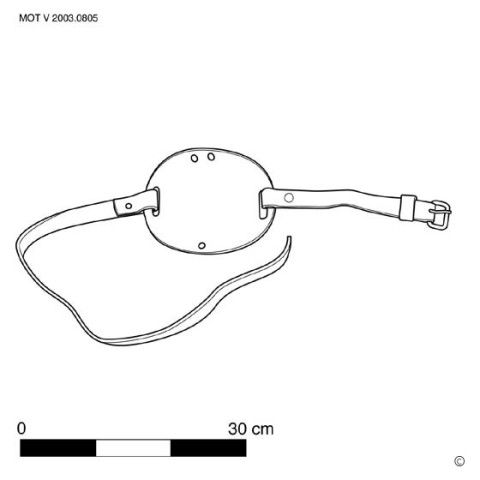
???
This text can only be consulted in Dutch
<https://www.mot.be/resource/Tool/980?lang=nl>
